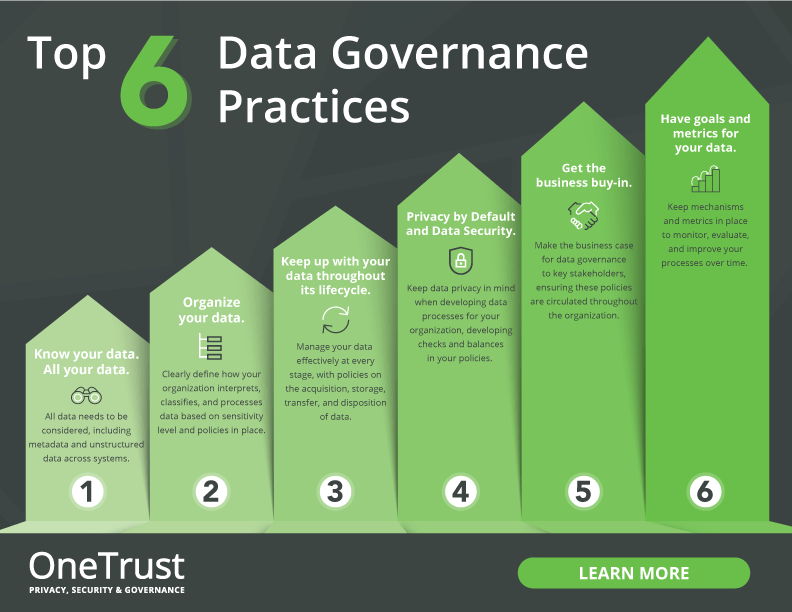Unlock the secrets to data ownership in your organization with these essential tips for establishing and maintaining control over your data.
Table of Contents
- Understand the Basics of SQL
- Excel: The Foundation of Data Analysis
- Harnessing the Power of Python for Data Engineering
- Exploring Data Visualization with Tableau
- Dive into Data Science with R
- Understanding Data Lineage and Ownership
- Leveraging PowerBI for Business Intelligence
- Incorporate Best Practices for Data Security
As a teacher transitioning into a data analyst role, understanding the concept of data ownership is crucial for ensuring data integrity and security within your organization. In this ultimate guide, we will provide you with valuable tips for establishing and maintaining data ownership, empowering you to make informed decisions and drive impactful data-driven strategies.
Understand the Basics of SQL
Structured Query Language (SQL) is the foundation of data analysis, allowing you to retrieve and manipulate data from databases. As a data analyst, mastering SQL queries and commands is essential for efficiently extracting valuable insights from your data.
Start by familiarizing yourself with basic SQL commands such as SELECT, FROM, WHERE, and JOIN. Practice writing queries to retrieve specific data sets or perform calculations. Online tutorials and courses can provide hands-on experience and deepen your understanding of SQL.
Excel: The Foundation of Data Analysis
Excel is a versatile tool that can aid in data analysis and visualization. As a teacher transitioning into data analytics, leveraging Excel’s functions and tools can streamline your analytical processes.
Explore Excel’s features such as PivotTables, charts, and formulas to organize and analyze data effectively. Utilize Excel’s data import capabilities to bring in external data sources for analysis. Continuous practice and experimentation with Excel will enhance your data analysis skills.
Harnessing the Power of Python for Data Engineering
Python is a versatile programming language widely used in data engineering for data manipulation, cleaning, and transformation. As a teacher delving into data analytics, learning Python can enhance your data engineering skills and automate repetitive tasks.

Image courtesy of via Google Images
Start by familiarizing yourself with Python’s syntax and libraries such as pandas and numpy for data manipulation. Practice writing Python scripts for data processing tasks and explore its integration with data analysis tools for seamless workflows.
Exploring Data Visualization with Tableau
Tableau is a powerful data visualization tool that enables users to create interactive dashboards and reports. As a teacher transitioning into data analysis, mastering Tableau’s features can significantly enhance your data visualization skills.
Learn how to connect Tableau to different data sources and create visually appealing dashboards that convey insights effectively. Experiment with Tableau’s various visualization options and interactivity features to present data in an engaging manner.
Dive into Data Science with R
R is a popular programming language for data science, known for its statistical analysis and machine learning capabilities. As a teacher exploring data analytics, delving into R can deepen your understanding of advanced analytical techniques.

Image courtesy of via Google Images
Explore R’s built-in functions for statistical analysis and visualization. Practice using R for data modeling and predictive analytics to uncover patterns and trends within your data. Online resources and tutorials can provide guidance on mastering R for data science.
Understanding Data Lineage and Ownership
Data lineage refers to the data’s journey from its source to its destination, highlighting its movement and transformations. Data ownership is the responsibility of individuals or teams who manage and govern the data within an organization.
Establish clear data lineage processes to track data origins, transformations, and dependencies. Define roles and responsibilities for data ownership to ensure data integrity and security. Implement data governance policies and procedures to maintain data quality and compliance.
Leveraging PowerBI for Business Intelligence
Power BI is a robust business intelligence tool that empowers users to analyze data and gain insights through interactive reports and dashboards. Embracing Power BI as a teacher transitioning into data analytics can enhance your ability to derive meaningful business insights.

Image courtesy of via Google Images
Learn how to connect Power BI to various data sources and create visually compelling reports and dashboards. Utilize Power BI’s features for data modeling, visualization, and storytelling to communicate key metrics and trends effectively.
Incorporate Best Practices for Data Security
Data security is paramount in the field of data analytics to protect sensitive information and maintain trust with stakeholders. As a teacher stepping into a data analyst role, incorporating best practices for data security is essential for safeguarding your organization’s data assets.
Implement encryption measures to protect data at rest and in transit. Establish access controls and authentication mechanisms to control data access. Regularly audit and monitor data activities to identify and mitigate security threats. Stay informed about data privacy regulations and compliance requirements relevant to your organization.
In conclusion, as a teacher transitioning into a data analyst role, mastering data ownership is essential for driving successful data-driven strategies and ensuring data integrity. By following the tips outlined in this ultimate guide, you can establish and maintain data ownership within your organization, empowering you to make informed decisions and drive impactful outcomes through data analytics.

